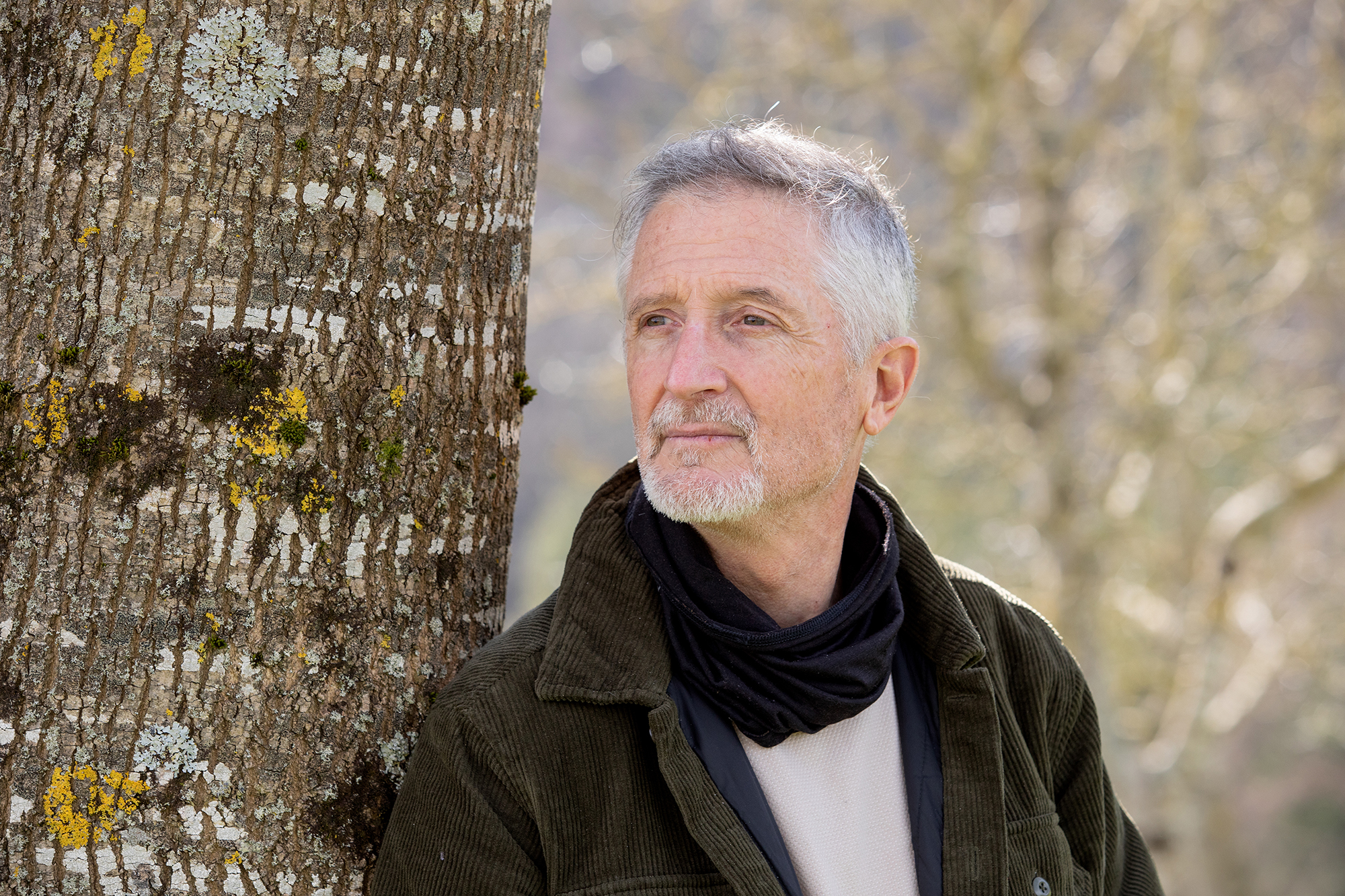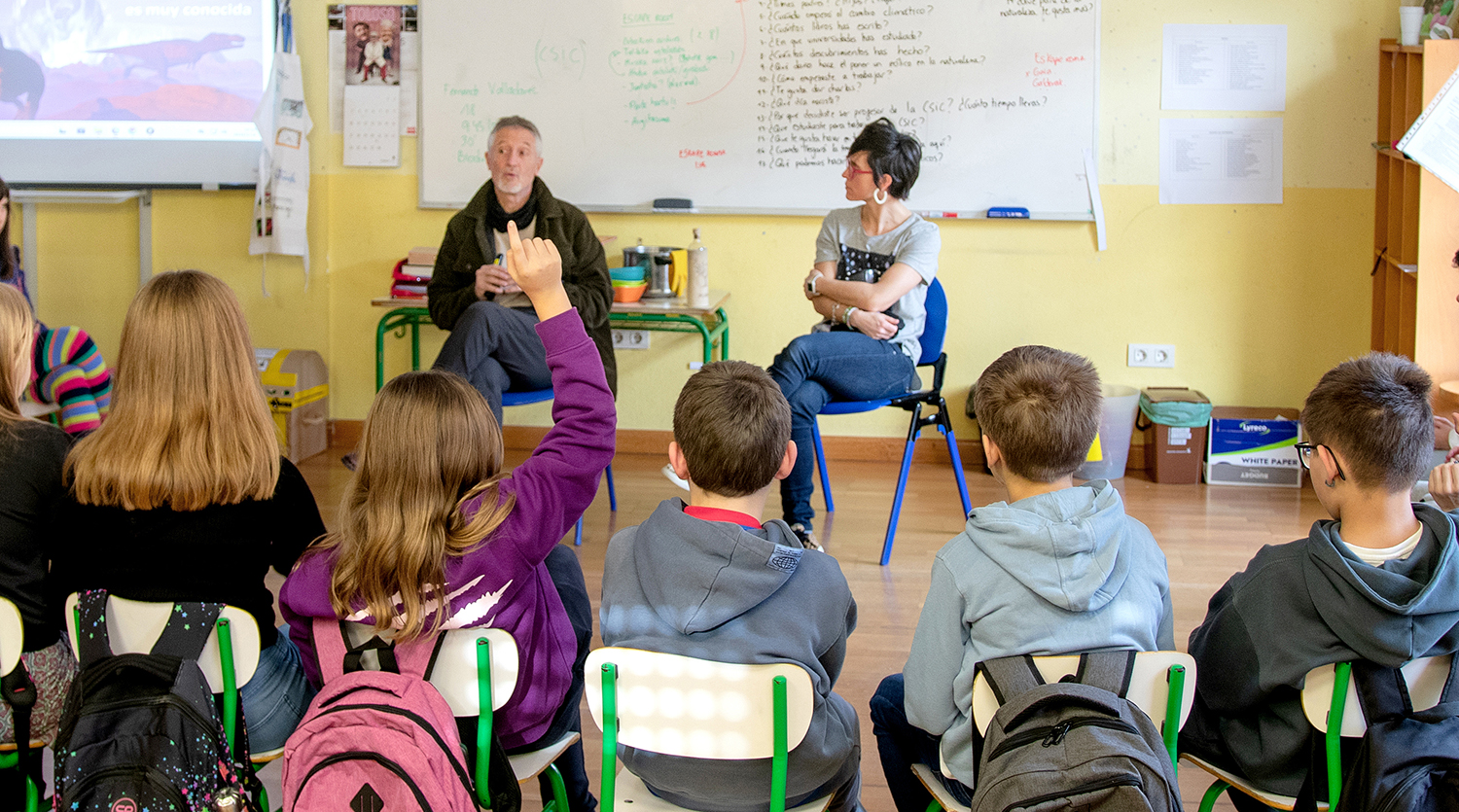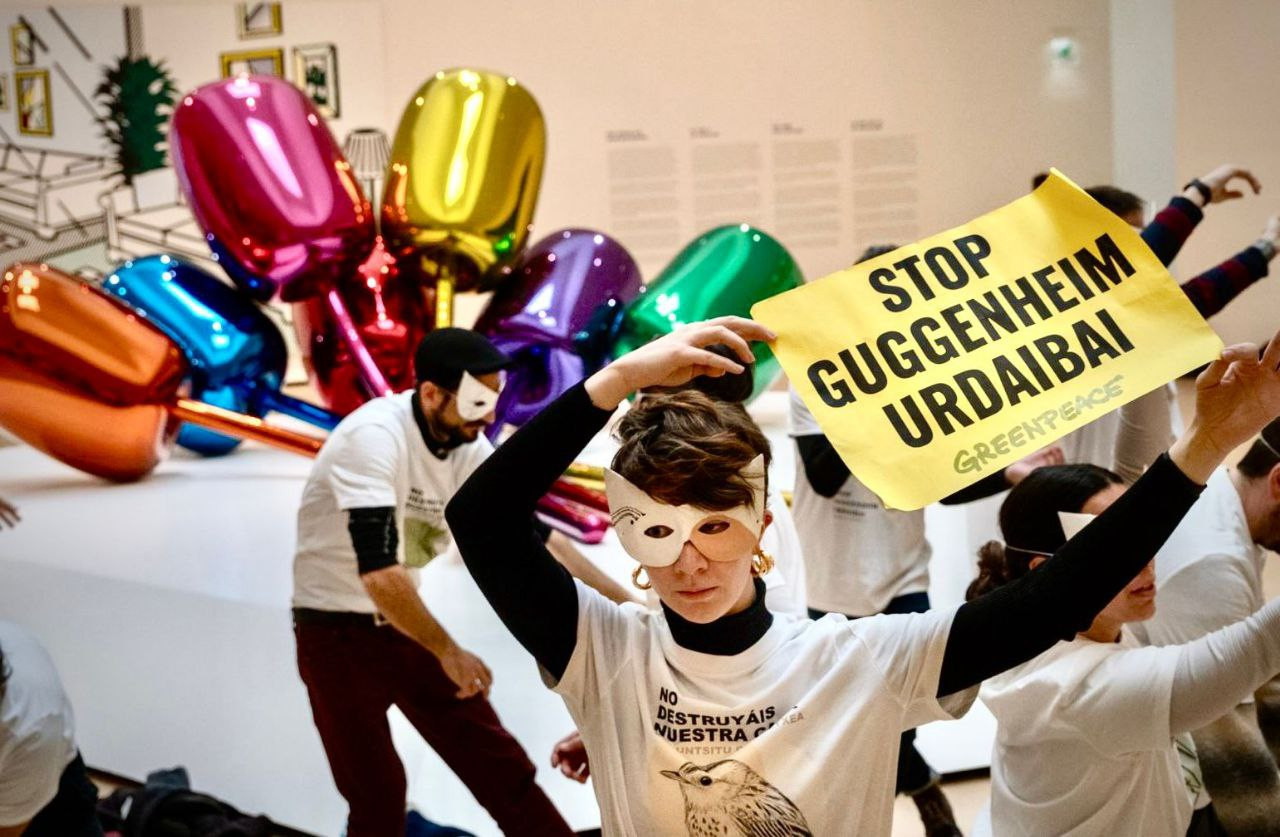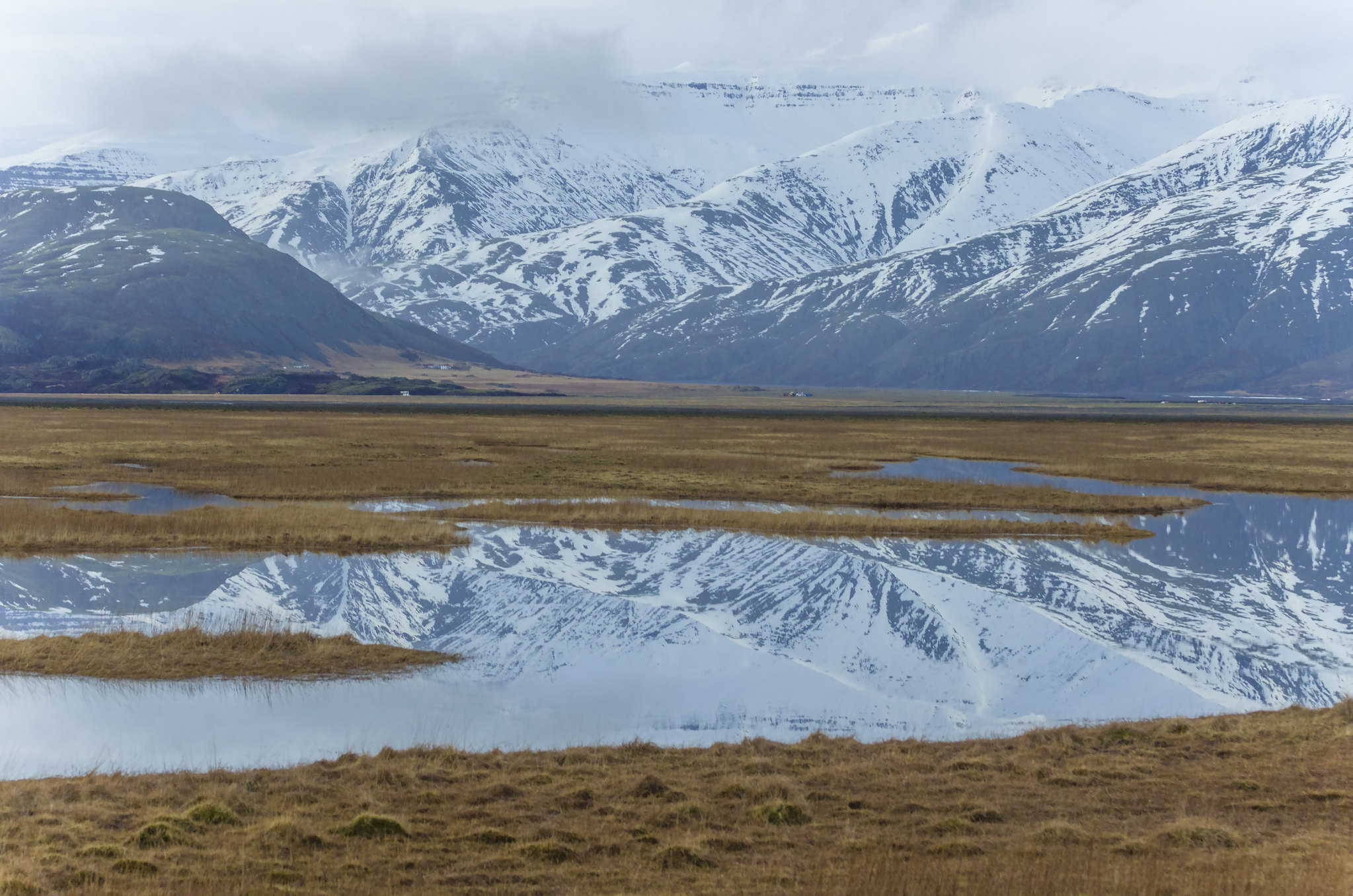Farmers in Baluchistan have an ecological model to cope with the harsh extreme weather
- Baluchistan is one of the hardest climates in the world: the extreme heat and drought of the desert climate, and the irregular rains of the monsoon brought from the Arabian Sea, which were insufficient in some years and could cause flooding in others. However, there is cultivation there, and more and more young generations are choosing the organic route to cultivate and feed the land. In this region, for a long time being repressed, its main objective is to overcome addictions.

The climate in Baluchistan is a hot desert, with days exceeding 45 degrees in spring and summer. In Turbat, the second largest city in Baluchistan, the fourth warmest temperature in the world was measured in May 2017: 54 degrees. But in general, the warmest city in Pakistan is Sibi, which is also in the Baluchistan region. In addition to the mountains of the Himalayas, the city with the coldest winters in Pakistan is the capital of the Baluchistan region: Quetta. Overnight stays are common in the area during the winter of -10 degrees. And the driest place in Pakistan, the city of Nok Kundi, is also in Baluchistan. There is no need for further explanation, it is easy to imagine that the predominant colour on the shores of Baluchistan is not green and that, rather than the tree and the moss, they often see air vapor.
If these desert conditions were not harsh enough, in the last two years the monsoon era was particularly harsh in Baluchistan, where the rains were causing historic flooding that alleviated the drought. The floods of 2022 caused the deaths of 336 people on site. In some houses, water was introduced and rendered unusable, causing 426,897 houses to be destroyed or destroyed in their entirety. Crops were lost in the 1,230 km2 fields (almost the surface of Baja Navarra) and nearly half a million animals died, trapped in the spring by the heat and then by the monsoon water. According to Pakistani weather services, the rains recorded in August 2022 in Baluchistan were almost seven times the usual rainfall level. As a result, thousands of people took refuge, under particularly precarious conditions, with a shortage of food and medicine. Baluchistan was the most affected region in Pakistan, with 60% of homes destroyed by the 2022 floods in Pakistan and three-quarters of affected schools, with a population of 5.5% in Pakistan.
Without time to recover from these historic floods, in the spring of 2023 the floods resumed until July, killing another 1,100 people and affecting hundreds of houses. Nearly 750,000 people became refugees, homeless, without school or health care, and like last year, poor state management and inadequate infrastructure aggravated the damage.
Cultivation for extreme weather
Under such conditions, it would seem unthinkable that there were crops, that there were plants that were not burned or submerged. However, there is cultivation, although the cultivated land is only 5.9% of the territory, as the aquatic resource does not give any more, at least under current conditions. But the situation is changing little by little. For a long time in Baluchistan, as elsewhere in “development”, the “green revolution” set the way: new varieties and synthetic fertilizers were the solution. Under optimal conditions, new varieties produce more thanks to synthetic fertilisers and reduce the workload. That is why these “revolutions” also aroused hope, as in our case when hybrid maize and synthetic fertilisers began to spread. The problem is that, on the one hand, optimised conditions occur very rarely in times as hot and dry as those in Baluchistan, on the other hand, if the organic part of the soils begins to disappear (with too much base on synthetic fertilisers), these conditions also become less and less so. Added to this are abnormal heat waves or rains caused by climate change, and it is difficult to maintain performance. In the meantime, if the overall prices of production fall, but the prices of seeds and synthetic fertilizers rise, for many farmers the initial hope is replaced by debts and concerns about the future.
With local resources, a more productive road
In this context, the prioritization of robustness is better than optimized efficiency. That is, prioritize those varieties that do not lose their benefit as soon as they move away from ideal conditions: they are often local varieties, that do not exceed the benefits of the new classes in good times, but that will give the right benefit in bad times or in less fertile lands. In addition, the development and conservation of soils that do not disturb their structure in extreme weather conditions and that better maintain water is recommended.
For the latter, the IDSP Foundation, the Institute for Research and Development Practice, launched in 2022 a pilot test with 25 “small” farmers from five districts in Baluchistan, who cultivated a maximum of two hectares. Initially, each of them received a grant of 38,000 rubies (EUR 123) to be able to purchase local seeds. Due to the optimism of the first results, in February 2023 the beneficence of the Rotary Club of Karachi provided 200 other farmers with seeds of solar and millet flowers. For its part, IDSP supplied organic fertilizers from the fertiliser, micronutrient and bio-stimulants factories opened in the cities of Sohbatpur and Sibi.
Currently, there are 300 farmers participating in this initiative, in 566 hectares, reaching an average of 23.6 quintals per hectare in a climate that, with a reduced water resource, is not small. One of them, 21 years old, earned a profit of 95,000 rubies after investing 12,000, and his neighbour, from the previous generation, spent more than twice as much on synthetic fertilizers, without achieving the result of alleviating the accumulated debt so far. According to IDSP experts, the requirements for diammonium phosphate and urea of two hectares cost between 175,000 and 200,000 errupias, while 22,000 rupees are sufficient to pay the same surface organically. With these differences, it is possible for more young local farmers to move to the organic model, even for the benefit of their soils.
At the Pakistani level, the range of organic matter in the cultivation fields is around 1.25%, and below this level are most of Baluchistan. Doubling the organic matter content at these very low levels does not cost much and brings them many benefits. The benefit is wider than the simple benefit: the financial balance of farmers – with the cheapest fertilisers and a slight increase in the prices of organic products – the creation of jobs in rural areas – small-scale farmers or organic fertiliser factory workers – greater water absorption capacity from soils and a lower carbon footprint of crops – although in this effort the bullets are far from the front line.
Lurrak guri zuhaitzak eman, eta guk lurrari egurra. Egungo bizimoldea bideraezina dela ikusita, Suitzako Alderdi Berdearen gazte adarrak galdeketara deitu ditu herritarrak, “garapen” ekonomikoa planetaren mugen gainetik jarri ala ez erabakitzeko. Izan ere, mundu... [+]
Eskola inguruko natur guneak aztertu dituzte Hernaniko Lehen Hezkuntzako bost ikastetxeetako ikasleek. Helburua, bikoitza: klima larrialdiari aurre egiteko eremu horiek identifikatu eta kontserbatzea batetik, eta hezkuntzarako erabiltzea, bestetik. Eskola bakoitzak natur eremu... [+]
Agintari gutxik aitortzen dute publikoki, disimulurik eta konplexurik gabe, multinazional kutsatzaileen alde daudela. Nahiago izaten dute enpresa horien aurpegi berdea babestu, “planetaren alde” lan egiten ari direla harro azpimarratu, eta kutsadura eta marroiz... [+]
Biologian doktorea, CESIC Zientzia Ikerketen Kontseilu Nagusiko ikerlaria eta Madrilgo Rey Juan Carlos unibertsitateko irakaslea, Fernando Valladares (Mar del Plata, 1965) klima aldaketa eta ingurumen gaietan Espainiako Estatuko ahots kritiko ezagunenetako bat da. Urteak... [+]
Nola azaldu 10-12 urteko ikasleei bioaniztasunaren galerak eta klima aldaketaren ondorioek duten larritasuna, “ez dago ezer egiterik” ideia alboratu eta planetaren alde elkarrekin zer egin dezakegun gogoetatzeko? Fernando Valladares biologoak hainbat gako eman dizkie... [+]
Eskoziako Lur Garaietara otsoak itzularazteak basoak bere onera ekartzen lagunduko lukeela adierazi dute Leeds unibertsitateko ikertzaileek.. Horrek, era berean, klima-larrialdiari aurre egiteko balioko lukeela baieztatu dute, basoek atmosferako karbono-dioxidoa xurgatuko... [+]
There was no one or all. That we all suffer at least if the necessary changes are not made so that no one suffers the climate emergency. You – reader – I – Jenofá-, they – poor – and they – rich. The fires in Los Angeles did not give me satisfaction, but a sense of... [+]
















_Glaciar.png)





-(1).jpg)
